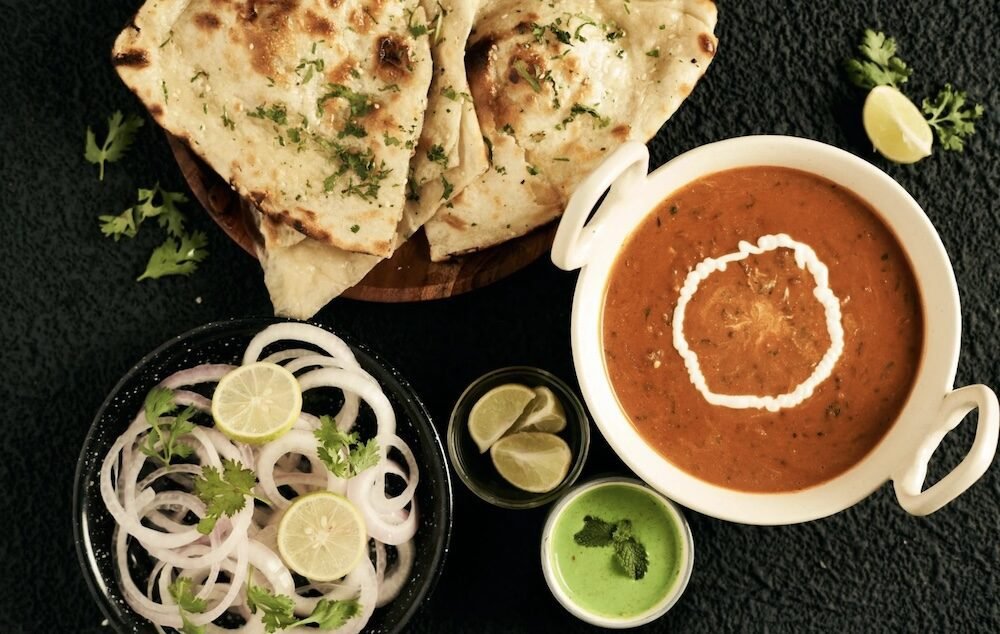There’s a quiet magic in traditional recipes. The ones written in fading ink on recipe cards, or that have been passed down through stories and memories, tend to linger far longer than anything trending online.
For young foodies, these recipes are more than instructions—they’re an invitation to explore, experiment, and express. Here’s how traditional recipes spark creativity in young foodies.

Why Tradition Still Matters
In a world filled with fast food, ready meals, and delivery apps, traditional cooking can feel like a slow and thoughtful rebellion. There’s patience involved—chopping, simmering, seasoning just right. But that process is exactly what draws in so many young cooks. It slows the process down and makes food personal.
When a teenager chooses to make their grandmother’s dal or recreate a dish from a family holiday, they’re engaging with a deeper connection. That connection inspires creativity. Once they’ve mastered the dish, it’s natural to think, “What if I added a new ingredient?”
The Spark of Creativity
It’s often in the comfort of structure that the best ideas take shape. Traditional recipes provide a reliable framework: a predictable balance of ingredients and steps. Once young foodies become confident with the basics, they start improvising—swapping in seasonal produce, experimenting with spice blends, or making the dish suitable for plant-based diets.
Even subtle changes, like switching a cooking method or updating the presentation, turn a traditional dish into a fresh one. It’s not about reinventing tradition—it’s about extending it.
Inspiration Beyond the Kitchen
Inspiration doesn’t just come from cookbooks. Dining out plays a big role in shaping how young food lovers think about flavor and technique. A visit to Urban Tandoor’s exceptional Indian restaurant in Bristol, for example, can open up a world of ideas. Their take on Indian cuisine shows how traditional flavors can be presented with modern elegance, offering a real-life example of how old and new can beautifully coexist.
Watching chefs elevate classic dishes encourages young cooks to do the same—using color, texture, and plating to express themselves beyond taste.
Culture, Identity, and Exploration
Traditional food is often closely tied to cultural identity. As young people explore their roots—or discover new ones through food—they become more curious about where dishes come from, what they mean, and how they’ve changed over time. This journey naturally leads to more experimentation, whether it’s fusing two cultural cuisines or simplifying a complex dish to make it more accessible.
Many young foodies go on to document their experiences, sharing recipes, photos, and reflections through blogs or social media. This storytelling creates a sense of community and adds another layer of creativity to the mix.
A New Generation of Tradition
The beauty of traditional recipes is that they were never meant to stay frozen in time. Every generation adapts them in their own way. Today’s young cooks are adding their voices to the story—one that continues to evolve with every simmer, stir, and sprinkle of spice.
So the next time a recipe calls for a familiar dish, don’t be surprised if it comes out with a twist. That’s where tradition meets creativity—and that’s where the real magic begins.
